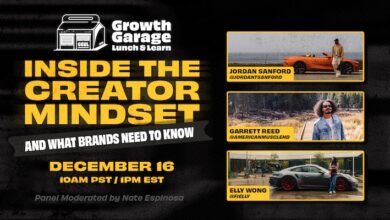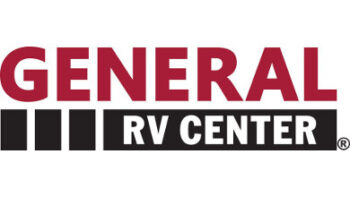Defining the Role of Brand Marketing for RV Companies
 Mills
MillsThere was a time that a successful marketing program for RV manufacturers was focused almost entirely on product marketing. How can we best describe for our buyers the features of our product? How do we empower our dealers to sell the units efficiently to the end consumer? What specific updates to the model do we want to highlight? These questions would inform the information put on websites, printed brochures, trade show materials, and other collateral distributed throughout the full sales organization.
However, while product marketing continues to be a major focus for RV manufacturers and a significant component of the overall marketing plan, in recent years more and more leading companies have been utilizing brand marketing to help grow their footprint. As the overall quality of manufacturing continues to rise across the industry, consumers have multiple options when considering a specific feature. With the compound annual growth rate of the RV industry expected to be 10 percent between 2021 and 2027, the time is now to capitalize on consumer interest and build a brand which will attract customers for years to come. It will not just be the RVs with the most and best features that win. It will be the ones with the strongest brands and best relationship with their target customers.
What is Brand Marketing?
Brand marketing is focused on the company behind the products, rather than the products themselves. While product marketing focuses on unique features and benefits of an individual product, brand marketing highlights the unique qualities of the brand making the product. Brand marketing should be part of the overarching marketing strategy, but if it wasn’t included in your initial 2022 planning, there’s no reason it can’t be added now. For some companies, with many brand components and initiatives, brand health and uniformity may need to be assessed and addressed multiple times per year. Within the brand strategy, multiple components should be included and defined. This includes:
- Brand Identity: What is your company’s purpose – your reason for being? What are the reasons to believe that purpose? Your brand identity should distill your “why” in a manner that clearly sets you apart from your competitors and is easily understandable to the marketplace. Before you go to market, your organization should have clear positioning that has a shared understanding across the organization. Don’t forget about internal alignment. Your team needs to understand the brand fully before the market ever can. If you don’t have a distinct story to bring to market, you might want to consider revisiting your brand prior to forming the rest of your marketing strategy. And if you do have a story, you should still revisit it from time to time; take a step back and ask yourself, “is this a true reflection of how we show up today?”
Alongside your messaging, consider the look and feel of your brand. Is your visual brand impactful enough that you look unique when compared to others in your industry? Is your visual identity clear to the point where it is recognizable, yet flexible enough to be used across different mediums? The intersection of a modern, identifiable appearance with clear messaging is the foundation needed to go to market.
- Brand Architecture: While we often consider brand architecture to be a focus of companies with multiple sub-brands (like Coca-Cola, for example) it is equally important for any company with multiple products. For RV manufacturers, the brand architecture helps to ensure all the products reflect the same brand while holding their own identity. For example, one RV model might be targeting a younger demographic, and therefore may be more compact, affordable and high-tech. Marketing efforts for that RV may differ from another model, that has all the bells and whistles, a larger size, bigger price tag and an older target audience. Despite different marketing tactics being used to promote these products, both products should reflect the same overarching company-level brand.
At the company level — particularly important during periods of acquisition — a clear understanding of how your brands fit together is relevant for both the market and your internal stakeholders. Whether you operate as a house of brands, branded house, endorsed brands, or sub-brands, be sure to revisit when a new variable comes into the fold.
- Brand Standards and Guidelines: This includes all the uniform components of a brand: colors, logos, fonts, etc. Internal marketers will be most cognizant of the specifics of the brand standards, but the general public may know some of the basics, just like you may know that Nike’s primary brand colors are red and black even though you presumably don’t work for Nike. If companies are utilizing marketing materials from years’ past, go back and ensure all pieces have the most up-to-date brand staples included. Make updates as needed.
Just because brand marketing isn’t focused solely on the product, it’s important to note that it does help sell products. Alternatively, confusing, inconsistent or non-existent brand marketing can hinder the sales of RVs and RV-related products. Brand marketing can also help increase customer loyalty, making it even more powerful. When implementing your marketing strategy, ensure brand marketing is a piece of the puzzle, no matter the size of your company. If not included in initial annual marketing plans, know it’s never too late to give brand marketing the attention it deserves.
Joe Mills is the Business Development Manager at Element Three, a marketing consultancy.



